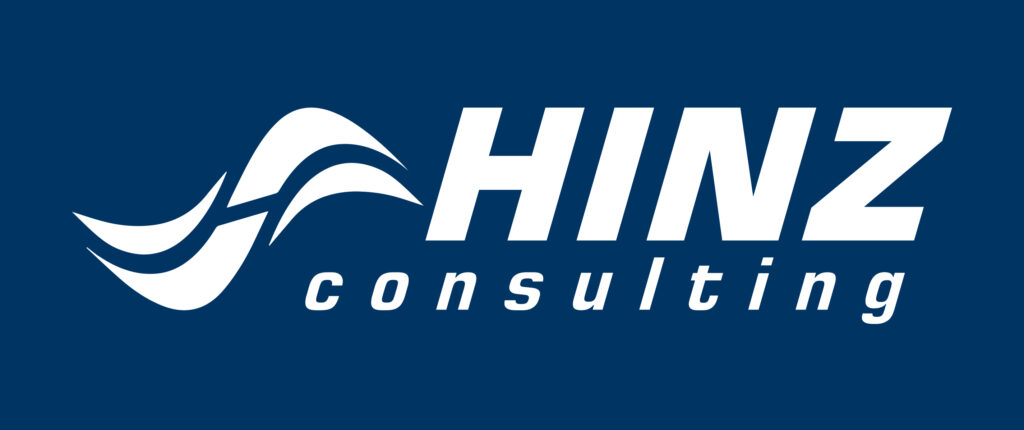In the world of competitive bidding, proposal feedback is a critical tool for improving the quality of future submissions and increasing win rates. Whether feedback comes from evaluators, internal reviews, or team debriefs, understanding and implementing constructive input is essential to refining your proposals. A systematic approach to gathering, analyzing, and applying feedback can significantly enhance your organization’s ability to win contracts. This blog explores the importance of proposal feedback, the best ways to collect it, and how to leverage it effectively to improve future submissions.
Why Proposal Feedback Matters
1. Identifies Strengths and Weaknesses
Feedback provides insights into what worked well in your proposal and what fell short. Understanding these areas helps you build on your strengths and address weaknesses.
2. Improves Future Submissions
Incorporating feedback into your proposal development process ensures continuous improvement, making each subsequent submission more competitive.
3. Enhances Compliance and Quality
Feedback often highlights areas where your proposal may have lacked compliance with RFP requirements or clarity in presentation, enabling you to refine these aspects in the future.
4. Builds Relationships with Evaluators
Requesting feedback from evaluators demonstrates your commitment to improvement and can foster positive relationships with clients or agencies.
Sources of Proposal Feedback
1. Evaluator Debriefs
After a proposal decision, many organizations offer debriefs to explain why a proposal succeeded or fell short. These sessions are invaluable for understanding how your submission was perceived.
2. Internal Reviews
Internal proposal reviews conducted by team members or stakeholders provide a fresh perspective. These reviews can identify issues before submission and offer insights for improvement.
3. Win/Loss Analysis
Conduct a thorough analysis of your proposal outcomes, whether you win or lose. Compare your submission against the winning proposal (if accessible) to identify gaps.
4. Peer Feedback
Colleagues who are not directly involved in the proposal process can offer unbiased feedback on clarity, persuasiveness, and overall presentation.
Best Practices for Collecting Proposal Feedback

1. Schedule Post-Submission Debriefs
Request debriefs from evaluators after every proposal submission, whether you win or lose. Prepare specific questions to gather actionable insights.
2. Develop an Internal Feedback Process
Establish a structured internal review process where team members assess the proposal at different stages, such as initial drafts, compliance checks, and final reviews.
3. Use Surveys or Questionnaires
Create feedback forms for internal reviewers and evaluators to provide detailed input on specific sections of the proposal, such as the technical approach, cost proposal, or executive summary.
4. Encourage Constructive Criticism
Foster an environment where team members feel comfortable offering honest and constructive feedback. Encourage discussions that focus on improvement rather than assigning blame.
How to Analyze Proposal Feedback
1. Categorize Feedback
Organize feedback into categories such as compliance, clarity, technical accuracy, persuasiveness, and design. This helps identify patterns and prioritize areas for improvement.
2. Identify Recurring Issues
Look for recurring themes in feedback, such as unclear language or non-compliance with formatting guidelines. Addressing these systemic issues can have a significant impact on future proposals.
3. Assess Relevance
Not all feedback is actionable or relevant. Focus on input aligning with goals of your proposal and the requirements of the RFP.
4. Create an Action Plan
Develop a plan to address the feedback in future submissions. Assign responsibilities to team members for implementing changes and tracking progress.
Leveraging Feedback to Improve Proposals
1. Update Templates and Processes
Incorporate lessons learned into your proposal templates, style guides, and development processes. Standardizing improvements ensures consistency across all future proposals.
2. Enhance Training and Resources
Use feedback to identify skill gaps within your proposal team. Provide training or resources to address areas such as compliance, writing, or graphic design.
3. Strengthen Compliance Checks
If feedback highlights compliance issues, refine your compliance review process. Use tools such as checklists or proposal management software to ensure all requirements are met.
4. Focus on Value Propositions
Feedback often highlights the importance of a clear and compelling value proposition. Refine how your proposals articulate the unique benefits of your solution.
5. Refine Visuals and Design
If evaluators suggest that visuals were unclear or ineffective, work with graphic designers to improve the quality and relevance of charts, diagrams, and other visuals.
Common Challenges in Implementing Proposal Feedback
1. Resistance to Change
Teams may be reluctant to alter established processes or templates. Emphasize the benefits of incorporating feedback and involve team members in the improvement process.
2. Limited Access to Evaluator Feedback
Not all evaluators provide detailed debriefs. When feedback is unavailable, rely on internal reviews and peer assessments to identify potential areas for improvement.
3. Lack of Follow-Through
Without a structured plan, feedback may not be effectively implemented. Assign clear responsibilities and set deadlines for integrating feedback into future proposals.
The Role of Hinz Consulting in Proposal Feedback Integration
Hinz Consulting specializes in guiding organizations through the proposal feedback process. Our expertise ensures that feedback is effectively analyzed and applied to improve future submissions. We provide:
- Win/Loss Analysis: Comprehensive assessments to identify strengths and weaknesses in past proposals.
- Feedback Workshops: Tailored sessions to help teams understand and implement feedback.
- Process Refinement: Strategies to integrate feedback into templates, workflows, and development processes.
Conclusion
Proposal feedback is a powerful tool for continuous improvement, helping businesses enhance their submissions and increase win rates. By systematically collecting, analyzing, and implementing feedback, organizations can refine their proposal processes, address weaknesses, and build stronger, more competitive proposals.
Hinz Consulting is here to support your feedback integration efforts, ensuring that every submission reflects the highest standards of quality and professionalism. With a commitment to excellence and strategic guidance, we help you turn feedback into success. Contact us to learn more!











